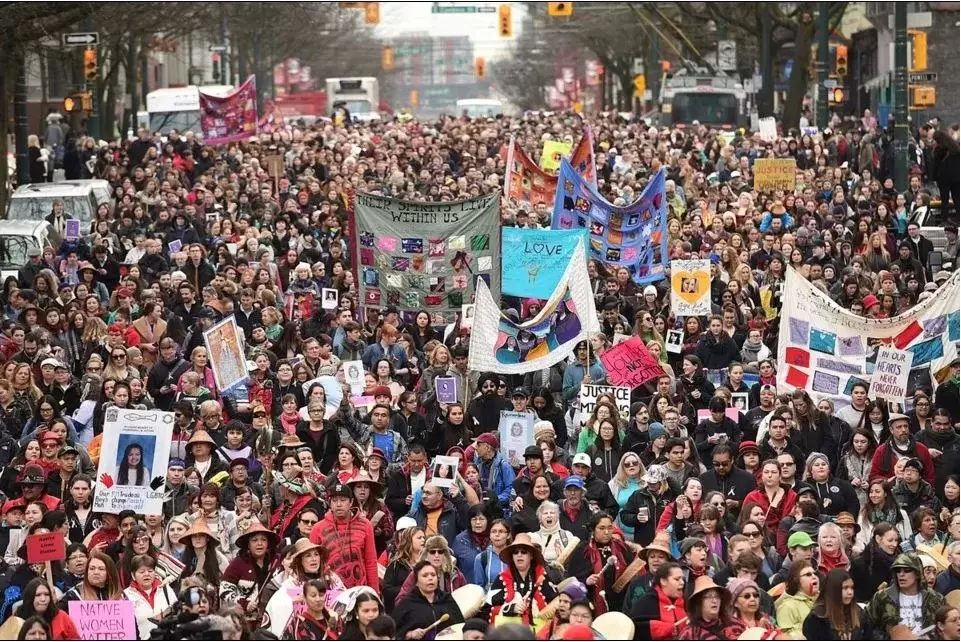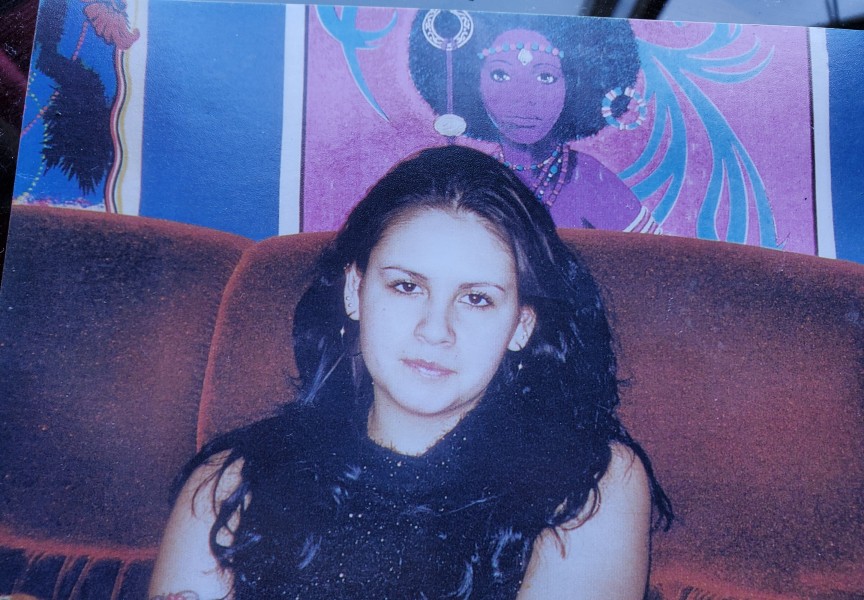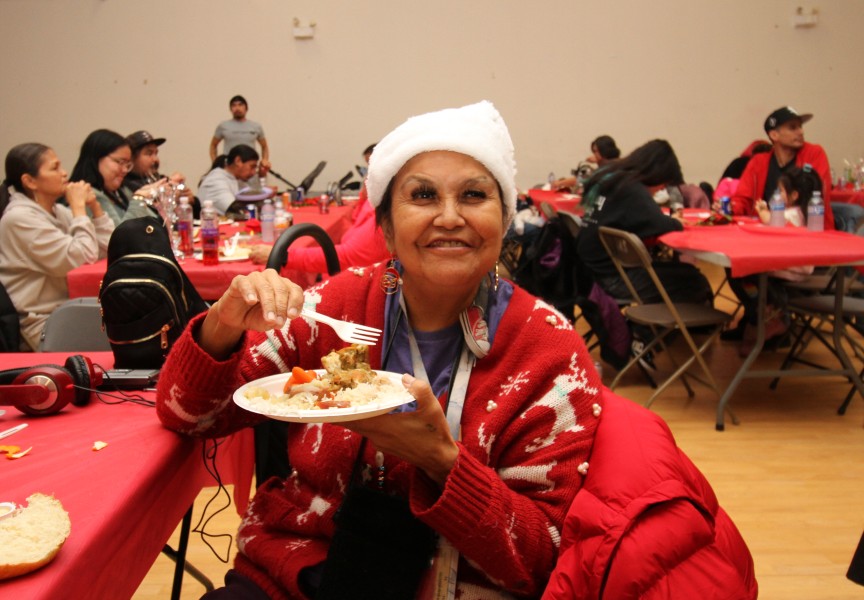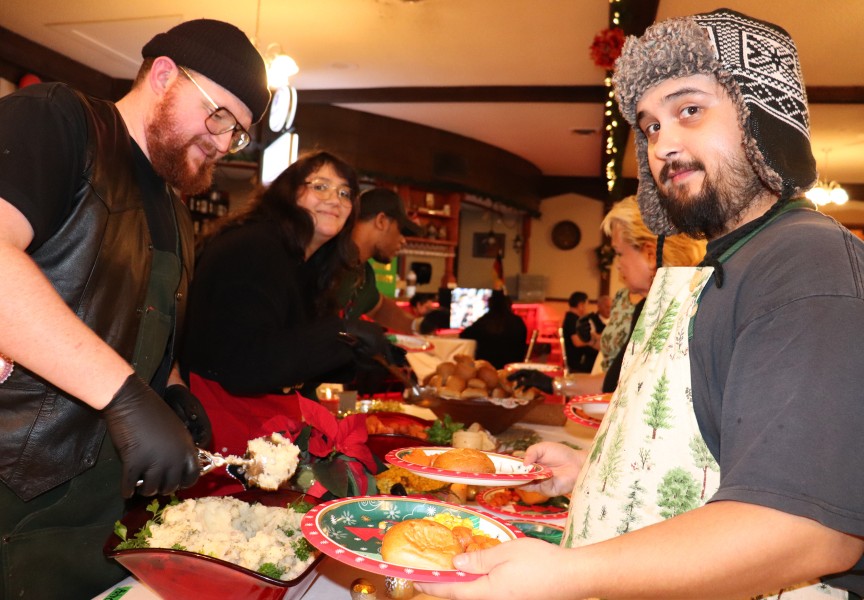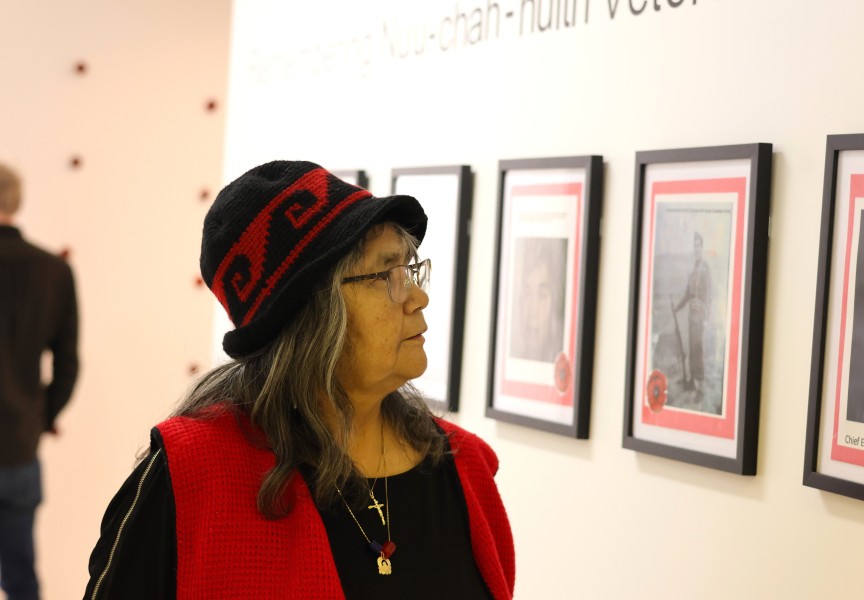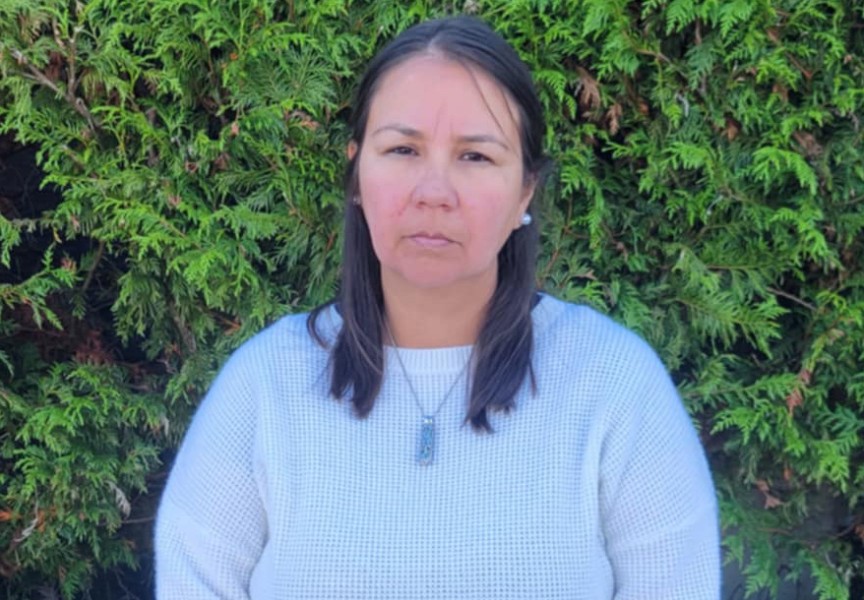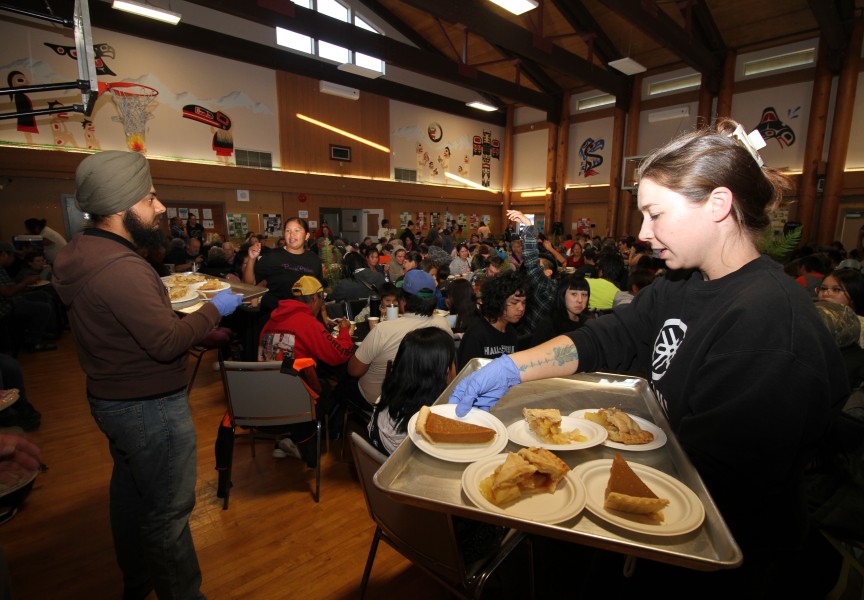Feb. 14 marks a day of remembering, grieving, healing, and honoring the Indigenous women, girls, and gender diverse peoples who are missing or murdered.
The annual women’s memorial walk started decades ago at a time when there was little response or awareness towards MMIWG2S+, said Sarah Hunt, Kwagu’l of Kwakwaka’wakw, an assistant professor at the University of Victoria and Canada Research Chair in Indigenous Political Ecology. There was a “lack of systemic response,” she continued.
The first memorial walk was held in 1992 in the Downtown Eastside of Vancouver, where many Indigenous women, girls, and gender diverse people over the years have gone missing or murdered. The memorial was a response to honoring the loss of a woman murdered on Powell Street in Vancouver, and the many others who were lost.
“[It's] a really significant way that community members, loved ones, families and relatives of missing and murdered women, girls and gender diverse people have come together to create a space for remembering and honoring their loved ones, and also for really speaking about justice on their own terms,” said Hunt.
Since 1992 the memorial march has grown to be held in other cities, small communities and on reserves, explained Hunt.
Canada’s colonial systems enacts violence
The Final Report of the National Inquiry into Missing and Murdered Indigenous Women and Girls identifies four social pillars that allow systemic violence to continue. These include intergenerational trauma, social and economic marginalization, maintenance of institutional status quo, and ignoring the expertise of Indigenous women, girls, and 2SLGBTQQIA people.
Lisa Robinson is the executive director of Kackaamin Family Development Center and a Nuu-chah-nulth member originally from Hesquiaht and married in Ahousaht.
When Robinson thinks of colonial violence, she thinks of systemic racism.
“Everything was built around us while our people were in residential schools,” said Robinson. “We didn't have the opportunity to participate.”
“They pulled our families apart [and] took children away from the love source they had,” she added. “For generations, there's going to be repercussions.”
Oftentimes the losses of MMIWG2S+ are stigmatized, such as with addiction, explained Robinson.
However, Robinson noted that with Nuu-chah-nulth customs if people experience loss, there is an acknowledgement of the strength it takes to be present.
Colonialism is rooted in racism and sexism, said Hunt. These ideas lead to mistreatment of Indigenous people as though they are “less important and less valuable.”
Hunt explains that this is evident in the lack of action in the justice systems, even with the gathered evidence through reports, such as the National Inquiry and the provincial inquiry in British Columbia.
“The day-to-day experiences that our family members have, and that we have, [it] really hasn't changed very much, despite the growing awareness,” said Hunt.
Being seen and valued makes safe spaces for healing
Robinson explains there needs to be an acknowledgement of the past to build safe spaces for healing in the present.
For Robinson, one element of cultural safety means to be free of racism, judgement and criticism in places of healing.
“Anybody in the helping field, anybody in healthcare, they need to have that space to acknowledge and make it safe in different ways to welcome people in,” said Robinson. “To have culturally safe spaces everywhere, including hospitals [and] counseling, they have to understand deeply what it [is] like to be in our shoes.”
“Cultural safety is important to me, and also, all forms of safety, because it's really about… expressing our self determination as Indigenous people at the intimate level,” said Hunt.
Hunt explains that cultural safety is localized and will vary from territory to territory.
“I think that cultural safety is an expression of our cultural… norms and values, our systems of governance, and the role that we take up in them,” said Hunt. “Being able to be seen and valued and treated within our own cultural systems is really, you know, core to those broader expressions of, again, our nationhood.”
Correcting is to connect
Robinson explains that it is important to identify the systemic disruptions that disconnected Indigenous people from one another and their culture.
“The correction to it is to connect back up and heal from what has disconnected us,” said Robinson.
“The answer is within us… to recognize that this extreme violence happened for generations,” she continued. “We can rebuild it - and wake up those values and Indigenous way of knowing.”
Hunt said that Indigenous ways of being are rooted in the strength and the health of relationships.
“The more we have shared language [and] shared understanding of what safety is, how we can be there for each other, how we can help to keep each other safe, and treat each other respectfully and consensually,” explained Hunt. “It's not only helping to hopefully lessen the violence that happens, but it's also in my view, it's like a way to express our own Indigenous forms of justice.”
Those who have missing or murdered family members often feel the brunt of isolation in their grief and continued challenges in the justice system, said Hunt.
“It's really about showing up and being present and being able to respond to the needs of people,” said Hunt.
Robinson notes that the memorial walk plays an important role in recognizing the losses and honouring the sacredness of every life.
“They are our mothers, grandmothers, sisters, daughters, [and] granddaughters,” said Robinson.

